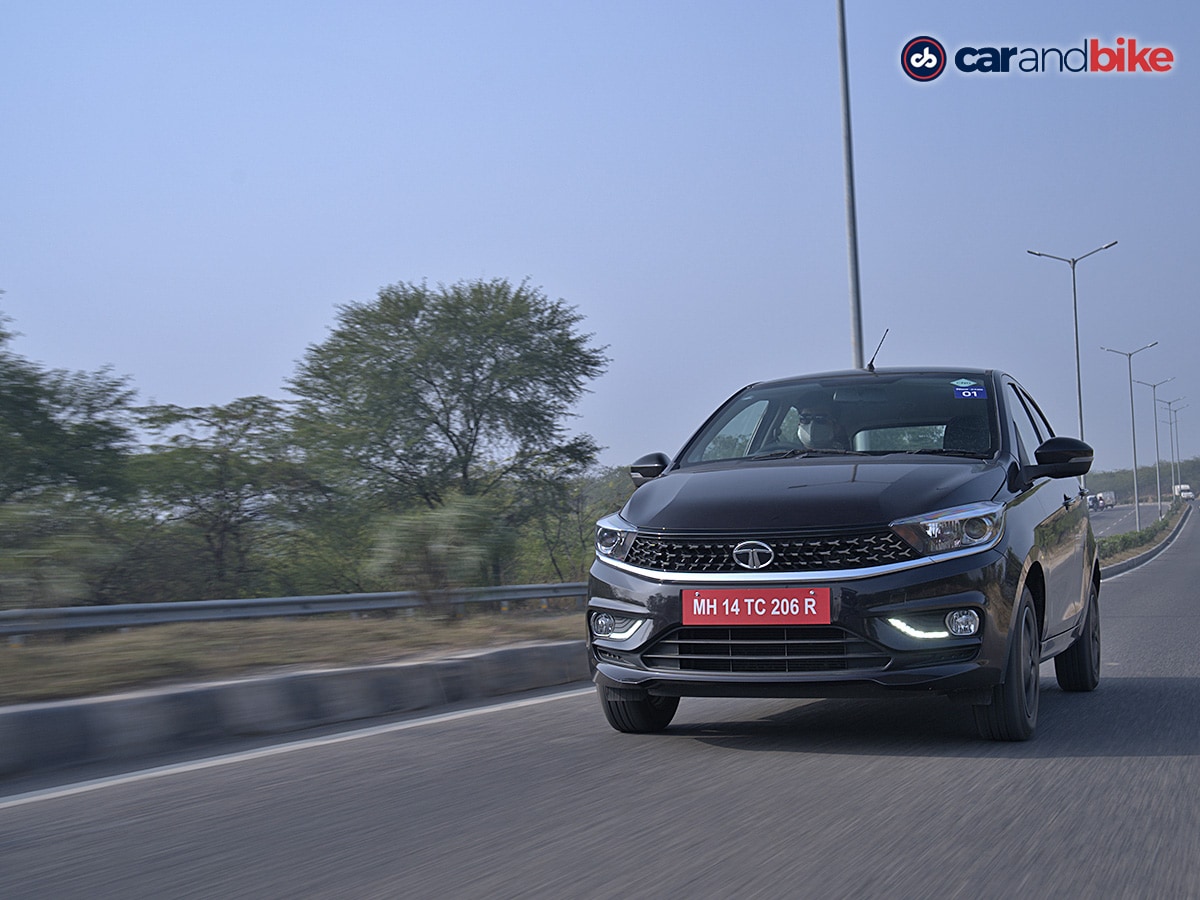Government To Allow Retrofitting Of CNG In BS6 Vehicles

Highlights
- MoRTH has proposed to allow retrofitment of CNG kits in BS6 vehicles.
- It also proposed optional replacement of diesel engines with CNG engines.
- The proposal has been formulated in consultation with stakeholders.
The Ministry of Road Transport and Highways has proposed to allow retrofitting of CNG kit in petrol BS6 vehicles and the option to replace diesel engines with CNG engines in vehicles that weigh under 3.5 tonnes. The notification also lays down the type approval requirements for retro fitment. The step has been taken to promote the use of cleaner fuel and CNG is an environment friendly fuel and emits less carbon monoxide, hydrocarbons, particulate matter and smoke, as compared to petrol and diesel engines.
undefinedMoRTH has issued a draft proposal to allow retro fitment of CNG & LPG kit, and replacement of diesel engines with CNG/LPG engines, in case of Bharat Stage (BS)-VI vehicles, less than 3.5 tonnes. pic.twitter.com/yKEoBpUFmf
— MORTHINDIA (@MORTHIndia) January 29, 2022
Also Read: Tata Tiago iCNG Review: Changing Perceptions

According to the Society of Indian Automobile Manufacturers (SIAM), in India there are 3,500 CNG filling stations across 293 cities as of now as compared to 1,300 stations in 143 cities in 2019.
At present, the retro fitment of CNG and LPG kit is permissible in motor vehicles that comply to BS4 emission norms. The proposal has been formulated in consultation with stakeholders, the ministry said in a statement. The ministry has also invited comments and suggestions from the concerned stakeholders within a period of thirty days.
Also Read: 9 CNG Car Maintenance Tips That You Should Know!

CNG vehicles emit less carbon monoxide compared to petrol or diesle powered vehicles.
Given the steep hike in fuel prices last year, people are also looking for alternatives to petrol and diesel powered vehicles and CNG have been quite in demand of late, especially in metro cities. Even the government has been giving a greater impetus on CNG fuel. According to the Society of Indian Automobile Manufacturers (SIAM), in India there are 3,500 CNG filling stations across 293 cities as of now as compared to 1,300 stations in 143 cities in 2019. Now this is likely to further expand to 6,000 stations by 2025 and reach 10,000 stations by 2030.














